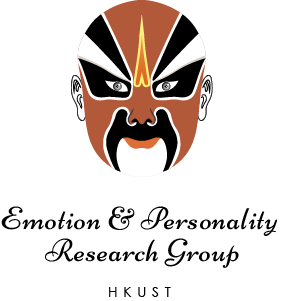Handbook Project – About the Project
The general goal of this handbook is to bring together contemporary and comparative research in the interplay between emotion and culture, from across the fields of psychology, neuroscience, biology, anthropology, philosophy, and linguistics, forming a comprehensive and exhaustive handbook. The intended readership of this handbook will be inclusive, ranging from researchers and scholars in the academic community, through coaches and trainers in the professional community, to students in the tertiary market.
Our 35 chapters are contributed by 89 authors (56% female) from 15 countries:
01 – Appraisal theories and culture
02 – The biocultural history of emotions
03 – Culture and emotion: An anthropological view
04 – The emergence of kama muta: Over millions of years, months, and milliseconds
05 – Emotion and the language-culture nexus
06 – Evolutionary and cultural aspects of emotion-based stories in fictional literature, films, and graphic media
07 – The interplay of evolution and culture in emotion: A basic emotion perspective
08 – Emotion in voice and language across cultures: A modern perspective
09 – Emotions as events: Cultural contributions to emotion inference
10 – Nonverbal behavior and emotion
11 – The development of children’s understanding of emotions: Variation and stability across cultures
12 – Emotion socialization in the cultural context: The impact on emotional development
13 – Emotional development in different cultural contexts
14 – Motivational mechanisms behind emotional preferences across adulthood and cultures
15 – Culture and intergroup emotions
16 – Culture and well-being: Five empirical approaches
17 – Cultural variation in ideal affect: Daily manifestations and real-world applications
18 – Emotion and culture in the human-nature relationship
19 – Gendering emotion across cultures and throughout history
20 – Mapping emotion across the world: Similarities and differences
21 – Social and emotion norms: Features and cultural variation
22 – Social functions of emotion: A cultural perspective
23 – Culture, emotion, and cognitive aging
24 – Culture and emotional memory: Existing evidence and future directions
25 – Emotional intelligence through a cultural lens
26 – Making risky decisions: The role of emotion and culture
27 – Origins and consequences of cultural variability in emotion language
28 – LeDoux, J. E. (2020). Thoughtful feelings. Current Biology, 30(11), R619-R623.
29 – Culture, emotion regulation, and its implications for health
30 – Culture and subjective well-being: Current trends and advances
31 – The cultural shaping of emotional disorders: Somatization vs. psychologization
32 – Considering the role of culture in anger
33 – Culturally specific emotions
34 – Face and emotional regulation in Chinese societies
35 – Respect through an emotion lens: Admiration, pride, and fear



